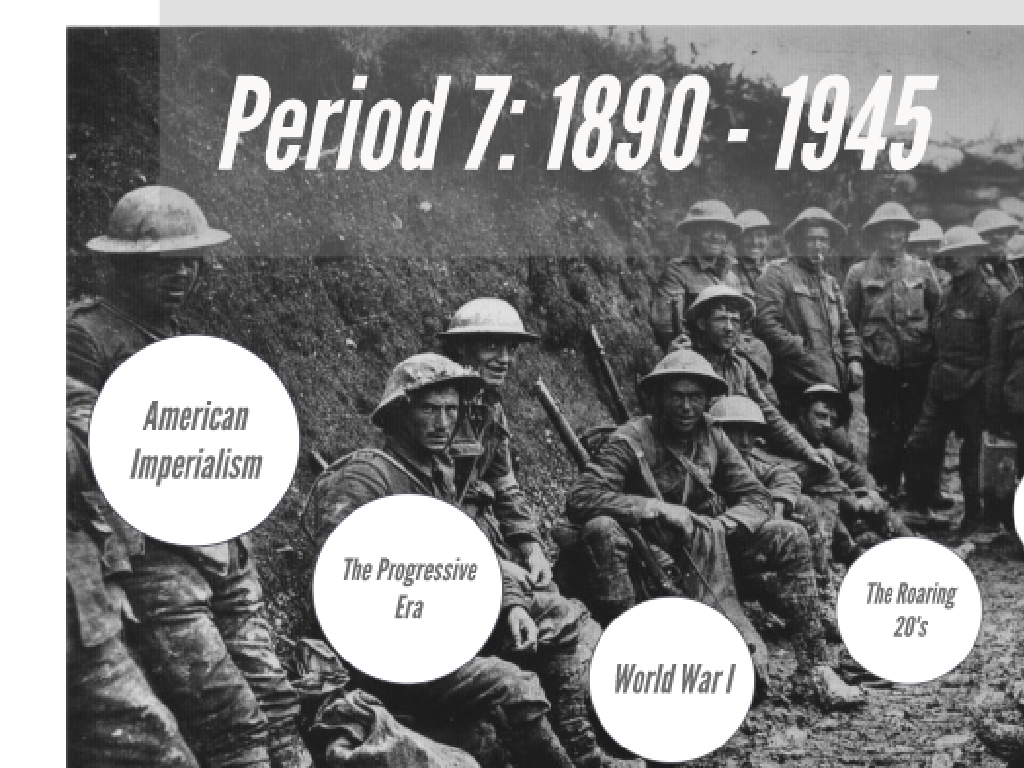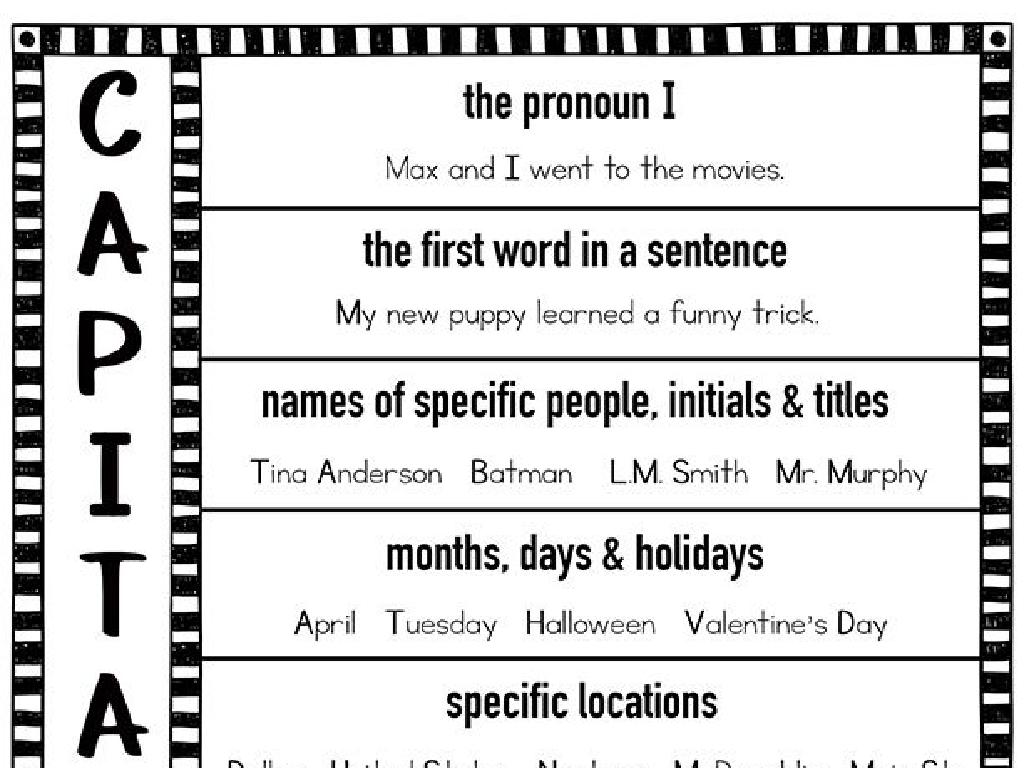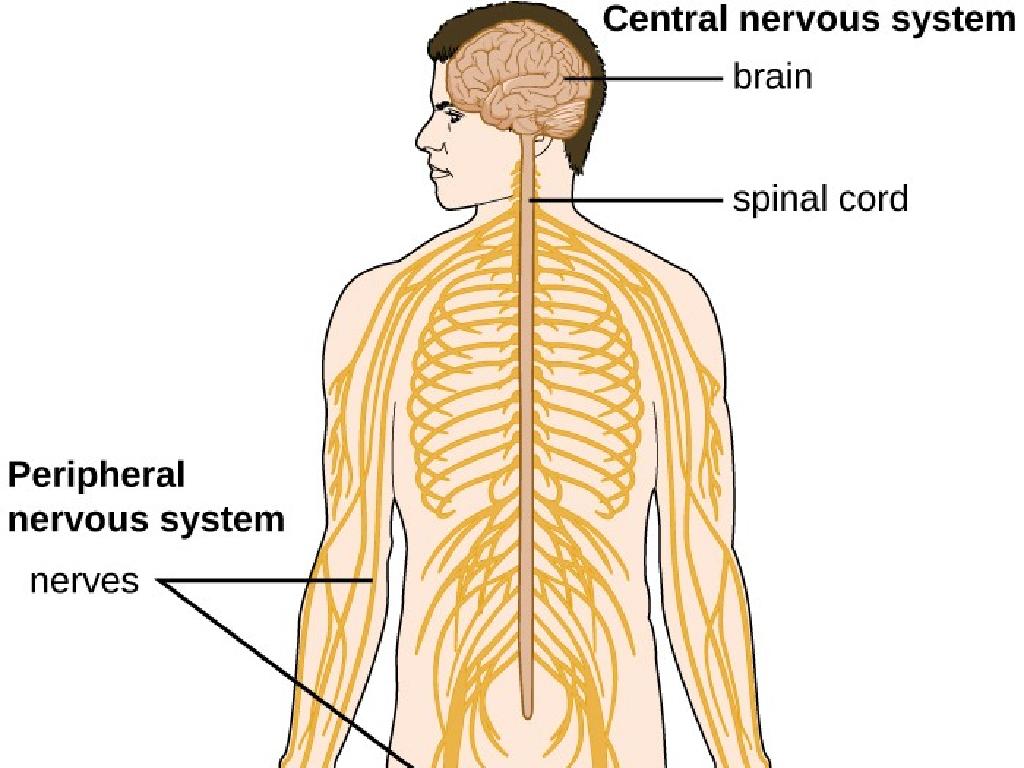Banks
Subject: Social studies
Grade: Fifth grade
Topic: Banking And Finance
Please LOG IN to download the presentation. Access is available to registered users only.
View More Content
Introduction to Banks
– What is a Bank?
– A place to keep your money safe and to manage it.
– Importance of Banks
– Banks help communities by keeping money safe and giving loans.
– Saving Money Concept
– Saving money means putting it aside for the future or emergencies.
– Banks as Money Safekeepers
– Think of banks like giant piggy banks for all of us!
|
This slide introduces students to the concept of banks within the context of banking and finance. Begin by explaining that a bank is an institution where people can save their money, get loans, and use various financial services. Emphasize the importance of banks in keeping money safe and supporting the economy by lending money to people and businesses. Discuss the concept of saving money, why it’s important to save, and how banks can help grow savings over time through interest. Use the analogy of a bank being a community piggy bank to help students understand the role of banks as safekeepers of money. Encourage students to think about why they might want to save money and how banks can help with that goal.
The Evolution of Banking
– Origins of banking systems
– Started with merchants giving loans in ancient times.
– Changes in banking over time
– From physical money to digital transactions.
– Introduction to interest
– Interest is the cost of borrowing money.
– Impact on economy and society
|
Begin with a brief history of how banking started, possibly with merchants in ancient civilizations who gave loans to farmers and traders. Explain how banking has evolved from the physical exchange of money to the complex digital transactions of today. Introduce the concept of interest as a fundamental aspect of banking, where it is the price paid for the use of borrowed money. Discuss how the development of banking and the concept of interest have had a significant impact on economies and societies, shaping the financial landscape over time. Use simple terms and examples to make the information relatable and understandable for fifth graders.
Types of Banks
– What are Commercial Banks?
– Serve individuals and businesses, offer loans, accept deposits
– Understanding Credit Unions
– Member-owned, serve members with lower fees
– Exploring Online Banks
– Operate on the internet, no physical branches
– Comparing Banks
– All banks keep money safe, but they have different benefits
|
This slide introduces students to the different types of banks and their primary functions. Commercial banks cater to the general public and businesses, providing a wide range of services including loans and savings accounts. Credit unions are non-profit organizations owned by their members, usually offering lower fees and higher interest rates on savings. Online banks operate exclusively on the internet, which allows them to offer services with lower fees but lacks personal interaction. Discuss with students how all banks serve the fundamental purpose of keeping money safe, yet they differ in their structure, the services they offer, and the fees they charge. Encourage students to think about why someone might choose one type of bank over another and what factors are important when deciding where to keep their money.
Services Offered by Banks
– Savings & Checking Accounts
– Keep money safe & earn interest
– Loans & Mortgages
– Borrow money for homes or cars
– ATMs & Online Banking
– Withdraw cash & bank digitally
– Understanding each service’s purpose
|
This slide aims to introduce students to the basic services provided by banks. Savings and checking accounts are fundamental for managing money, where savings accounts typically earn interest over time, and checking accounts are used for daily transactions. Loans and mortgages are financial agreements where the bank lends money to individuals, often for large purchases like homes or vehicles, which are paid back with interest. ATMs allow people to withdraw and deposit money without having to visit a bank, and online banking provides a convenient way to manage finances from a computer or smartphone. Discuss the purpose of each service and how they benefit individuals in their daily lives. Encourage students to ask questions and think about why these services might be important for managing money.
How to Use a Bank
– Steps to open a bank account
– Choose a bank, provide ID, and deposit money to start your account.
– How to deposit and withdraw
– Fill out a deposit slip to put money in, and a withdrawal slip to take money out.
– Keeping your money secure
– Banks use vaults, guards, and digital security to protect your money.
– Class activity: Bank role-play
|
This slide introduces students to the basic functions of a bank. Start by explaining the process of opening an account, including the necessity of providing identification and an initial deposit. Discuss the forms used for depositing and withdrawing money, emphasizing the importance of accurately filling out these forms. Highlight the security measures banks take to keep money safe, such as vaults and digital encryption. Conclude with a class activity where students role-play bank transactions to reinforce the concepts learned. This activity can include opening an account, depositing ‘play money’, withdrawing funds, and discussing the importance of keeping account information private.
The Role of Banks in Our Community
– Banks as community helpers
– Banks keep our money safe and offer loans.
– Investing in local projects
– Funding for parks, schools, and libraries.
– Supporting businesses
– Loans and financial services for growth.
– Assisting families financially
– Mortgages for homes, savings for education.
|
This slide aims to educate fifth-grade students on the pivotal role banks play in supporting the community. Banks are not just places to store money; they are active participants in community development. They provide loans and financial services that help in the establishment and expansion of local businesses, which in turn creates jobs and fosters economic growth. Banks also invest in community projects that improve the quality of life, such as building parks, schools, and libraries. Additionally, they support families by offering mortgages for homes and savings plans for future needs like education. Encourage students to discuss how their families interact with banks and to think of questions they have about banking.
Class Activity: Bank Simulation
– Role-play as bankers and customers
– Practice with ‘play money’
– Use pretend money to deposit and withdraw
– Learn to fill out slips
– How to properly complete bank slips for transactions
– Track your money
– Keep a record of your money’s movement
|
This interactive class activity is designed to give students a practical understanding of how banks operate. Students will be divided into two groups: bankers and customers. Bankers will assist customers in depositing and withdrawing ‘play money,’ teaching them how to fill out deposit and withdrawal slips accurately. This exercise will help students understand the importance of keeping track of their finances. For the teacher: Prepare play money and templates for deposit and withdrawal slips. Consider different scenarios for transactions to make the activity more engaging. Possible variations of the activity could include calculating interest, using checks, or saving for a specific goal.




